Unabi - An overview of the most useful properties. Instructions from the pros with a step-by-step description (70 photos)
Gardeners who like to experiment often seek to “tame” exotic plants. Many attempts to acquire a subtropical resident fail. This does not apply to unabi. The unpretentious culture feels great, growing in the middle zone of Russia.
Endurance, productivity, possession of useful properties are increasingly prompting gardeners to plant. Viewing a photo of the unabi tree, familiarizing yourself with the information about planting and care will help to establish itself in the desire to grow this alien in his own area.
Unabi: general characteristics of the plant
A Chinese date, one of the names of unabi, betrays its origin. Certain provinces of India and Iran are fighting for the right to be considered domesticated plants. But China is still recognized as the true Homeland.
Many are wondering where the unabi is still growing. The natural habitat is subtropics. Therefore, the plant can be found in many countries of America, Africa, Asia.
Externally, unabi is a thorny deciduous shrub, or trees up to 10 m tall. In our latitudes, the culture rarely exceeds 3 m. Small trees have a sparse crown.
The skeletal trunk is covered with a dense layer of bark. Branches contain rare spines. Leaves on a compact petiole, simple, resemble an ellipse. The surface relief is created by 3 main veins. The sheet plate has a smooth, leathery structure.
The flowers are soft green, small, exude a noble aroma. Ripe fruits of brown shades, round, elongated, have a slightly wadded, sweet taste. Studying a photo of unabi will give a more visual representation of the plant
Useful Properties: Unabi Applications
The plant is widely used in various fields of activity. Young foliage of the tree contains a large amount of vitamin C. This part of the plant is also actively used in sericulture. Due to the high nutritional value of the leaves, it is possible to quickly feed silkworms.
Strong wood of the plant is an excellent raw material for the manufacture of musical instruments. The bark and roots are used in tanning. They are rich in tannins. In addition, a branched root system prevents the destruction of soil integrity in the area of ravines and slopes.
In China, in the homeland of the tree, the culture is actively used in folk medicine. The plant is famous for its tonic, calming, sedative, diuretic effect.
In traditional medicine (pharmacology), biologically active additives are made from unabi. Eating fruit is especially indicated for those who suffer from high blood pressure, blood sugar, lack of iron and other vitamins and minerals.
The useful properties of unabi are not limited to this. The main value of a tree, especially for gardeners of our strip, is its fruits. They are characterized by a high content of:
- vitamins, minerals;
- mineral salts;
- proteins;
- pectins;
- highly digestible sugars.
Thanks to the combination of the above, as well as many other active substances, the fruits are recognized as a product of high nutritional value. They are used fresh, and are also processed in every possible way (dried, boiled, candied fruit). Harvested fruits are perfectly preserved (with cooling 1-2 months).
Cultivation in the middle latitudes: the difficulties of selecting varieties
Over many years of targeted unaby breeding, many varieties of this plant have been created.Each variety has its own characteristics, requires certain conditions, care.
The selection of unabi varieties suitable for growth in central Russia is small. Although late flowering, frost resistance, and the ability to regenerate makes the culture adapted to the unstable conditions of mid-latitudes.
The temperate continental climate, characterized by long cold winters and short wet summers, still leaves its mark on the choice of culture. The most suitable are undersized varieties (shrubs or grafted trees with a low stem), as well as small-fruited varieties.
When choosing, it is necessary to pay attention to the period of fruit ripening (it must be early), resistance to cold.
There are a number of suitable varieties that have been repeatedly tested by gardeners, but it is more convenient to obtain a guaranteed result yourself (grow a tree from seed).
Unabi breeding: selection of an option suitable for the middle band
Unabi cultivation is permissible to begin in various ways. To do this, fit:
- cuttings;
- reproduction by division of roots;
- vaccination;
- the use of seeds.
Given the characteristics of varieties suitable for middle latitudes, the most suitable propagation options are: the use of cuttings and seeds. It is worth remembering that unabi is classified as a cross-pollinated plant, so you should simultaneously plant 2-4 seedlings of different varieties at a close distance.
Unabi propagation by cuttings is carried out using lignified or green shoots. Cuttings are cut during pruning (in spring or autumn). Storage of material can be done in wet sawdust (for example, in the cool cellar).
Technically, vaccination is done in the traditional way:
- on a stocking trunk, cut a wild bird under a stump (distance from ground level 5-6 cm);
- make a cut on the bark, used for subsequent insertion of the cuttings with a kidney (about 2 cm);
- the “operation” area is tied with polyethylene, the open edge at the top of the handle is treated with garden varieties;
- plant a drop of water (1/3 of the height).
In summer, before flowering (in early June), you can try to reproduce with green cuttings. It will take about a month for the planting material to take root.
To produce propagation by seeds, it is necessary to select a seed from a ripe fruit. Storage of material for sowing can occur for 3 years. In winter, seeds are subject to stratification.
Before planting the shell, the bones are punctured, the specimen is placed in warm water (help future germination). Sowing is carried out in March. Seedlings with 2-3 leaves are placed in the open ground.
It is not difficult to set a goal and acquire a subtropical resident on your site. Moreover, planting and caring for unabi is within the power of even a beginner gardener. It is enough to choose the right variety and act according to the prompts of experienced gardeners.
Unaby photo
Stork's nest: 55 photos and options for attracting beautiful birds
Lily of the valley flowers (100 photos) - types, varieties, description and recommendations for care
Front garden: 115 photos of original and stylish garden decorations with a front garden
Apple tree: planting and care.Pruning, treatment for diseases, advice from gardeners
Join the discussion:

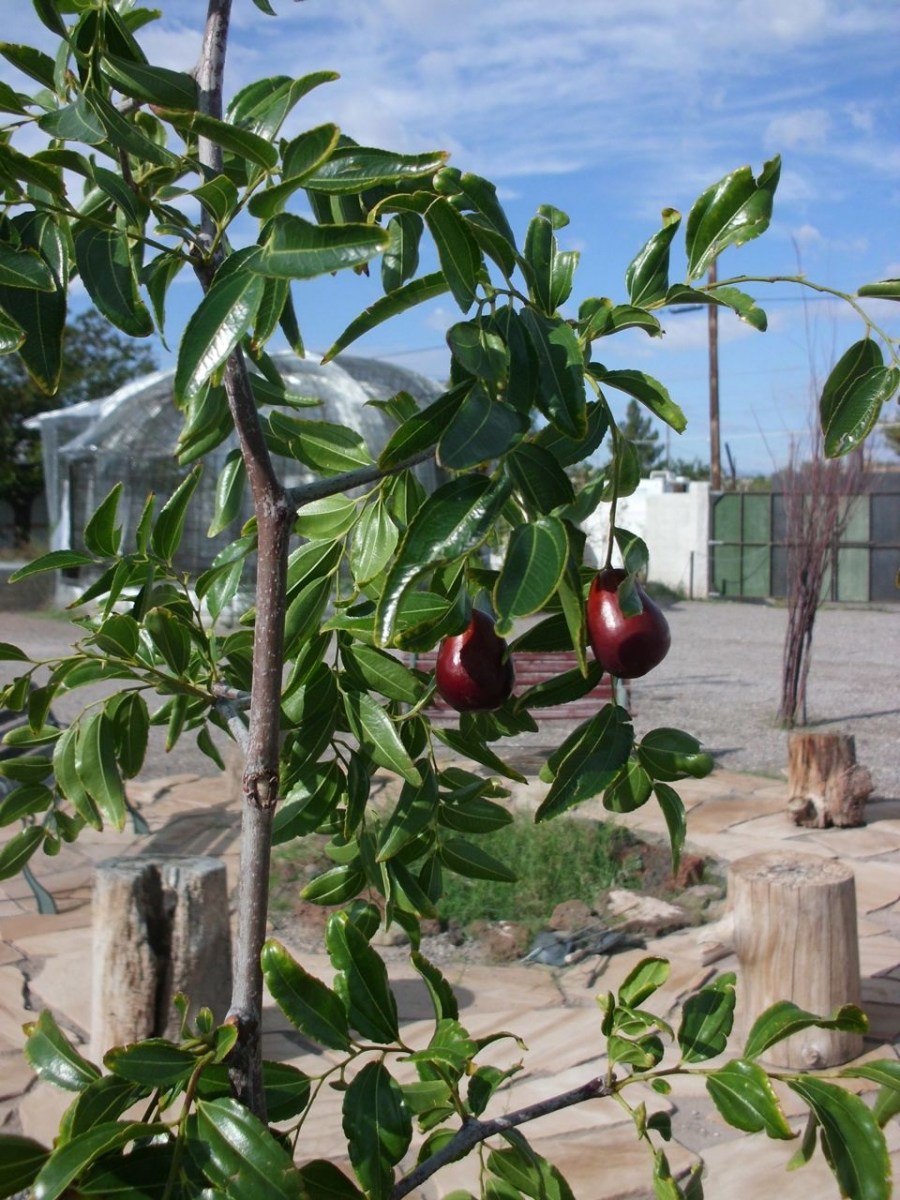







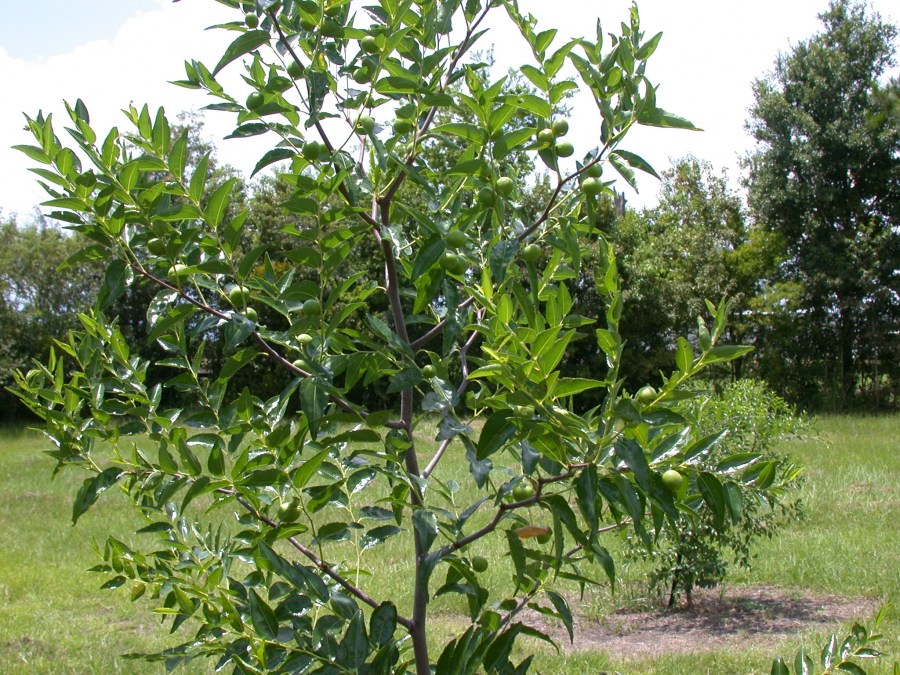

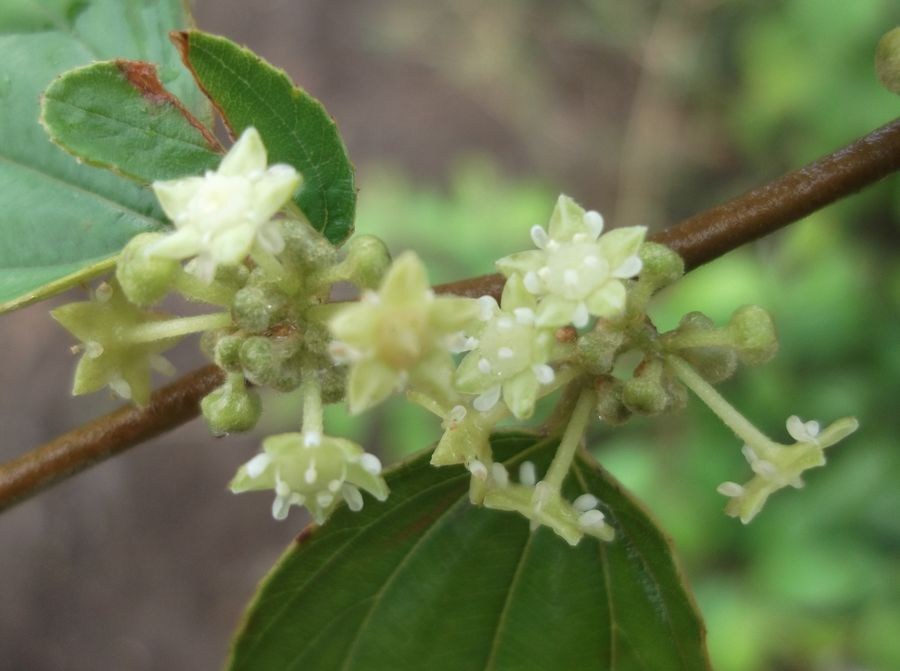
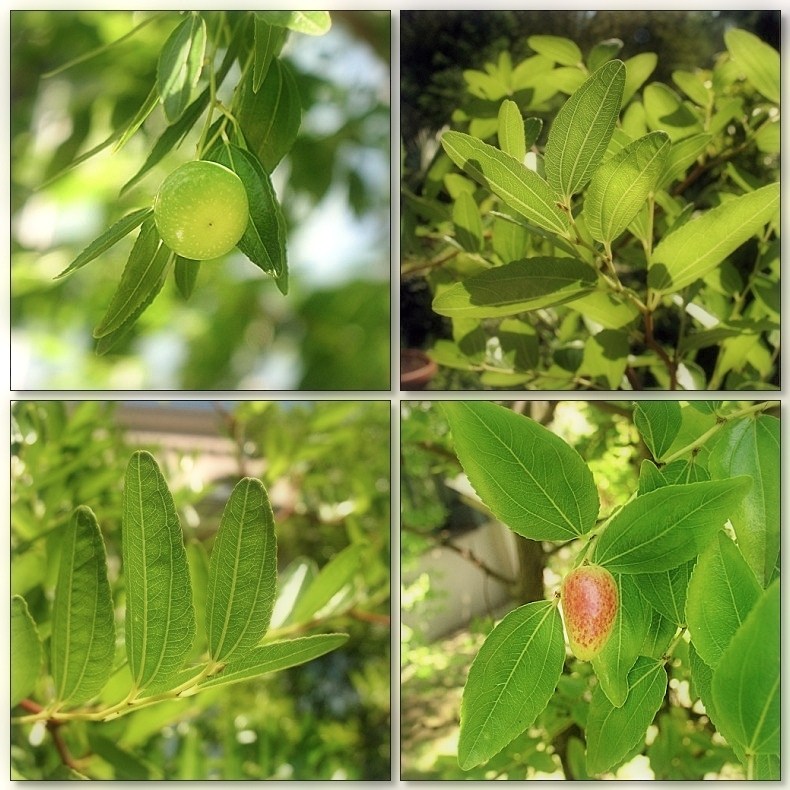
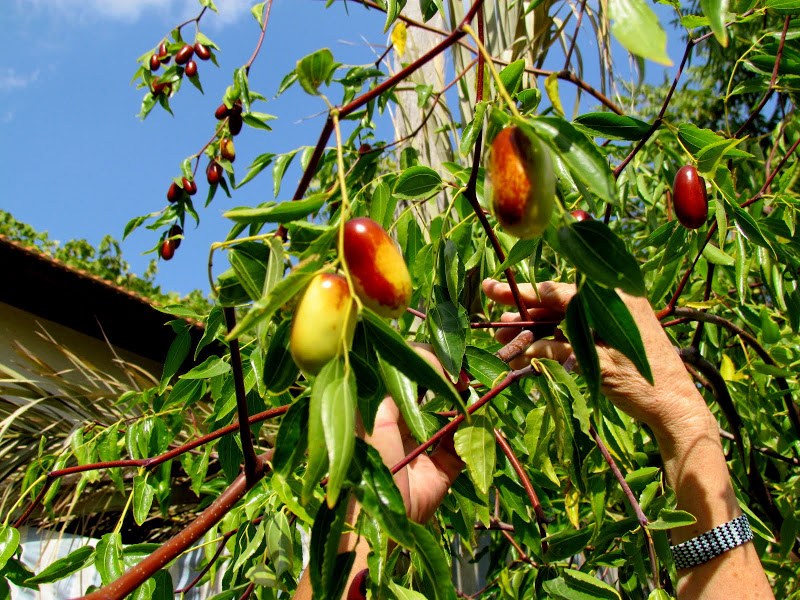
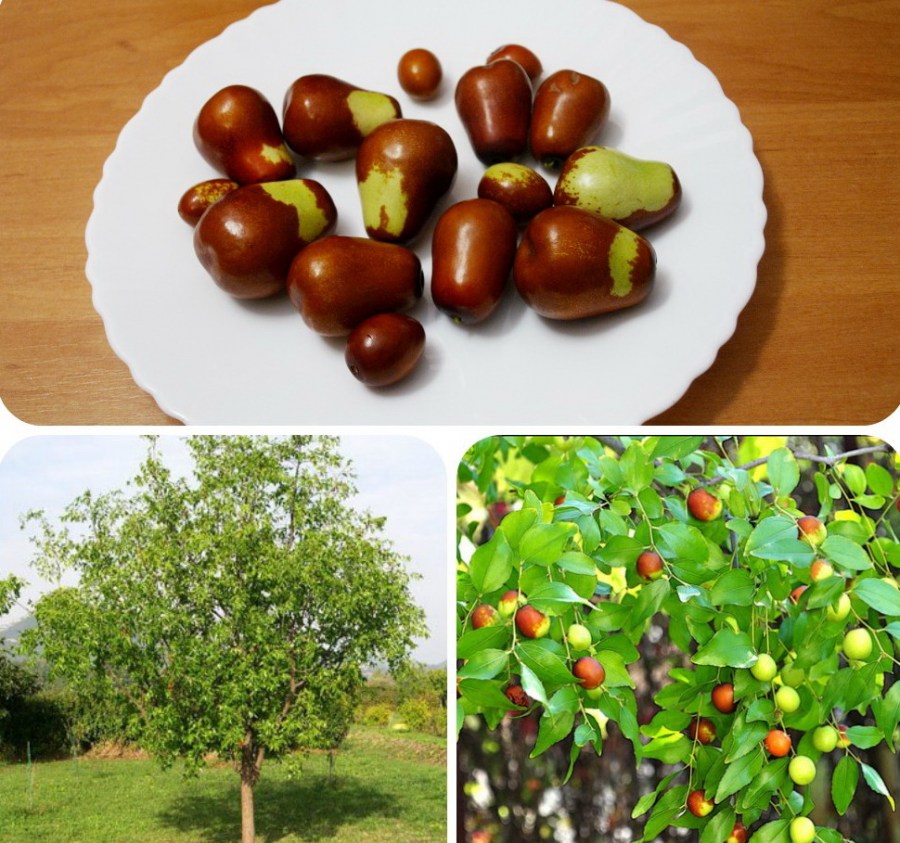

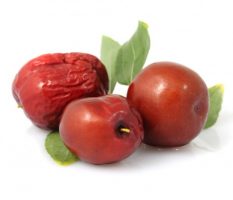

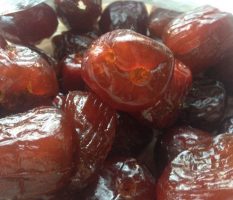


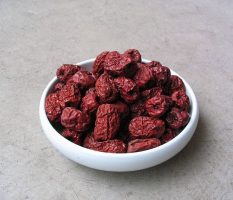
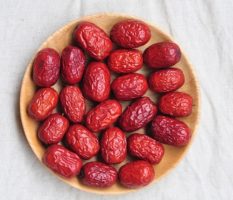





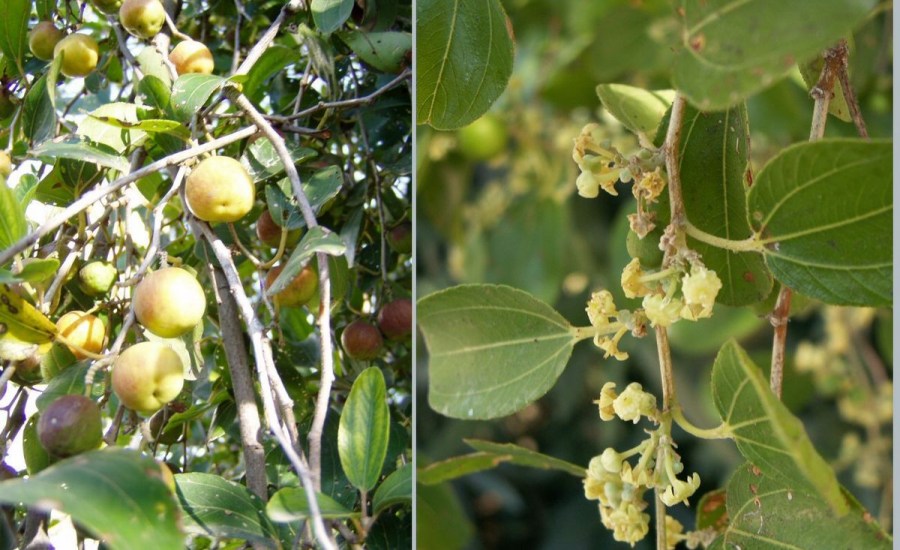




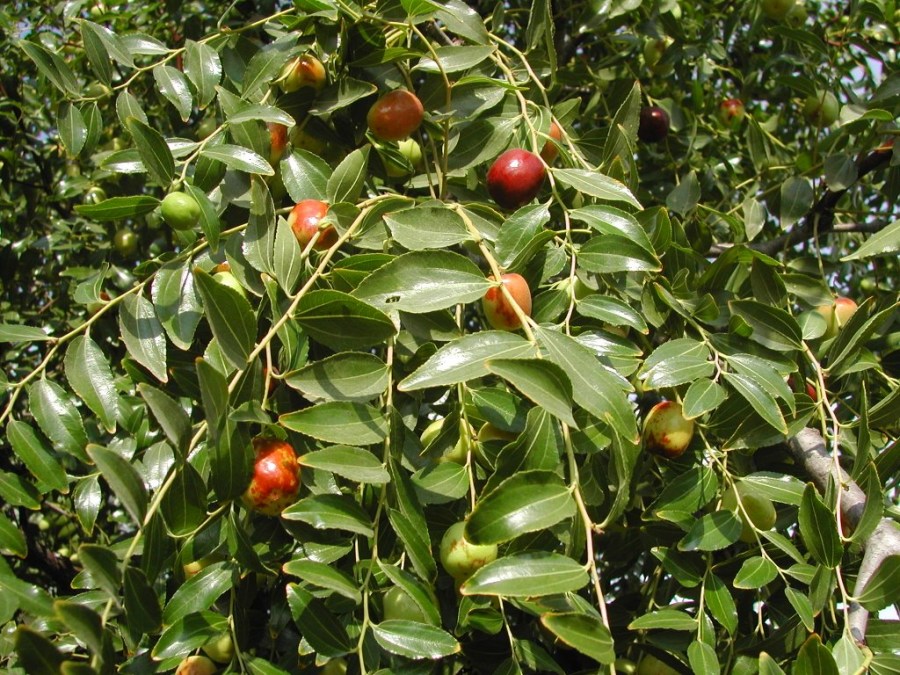


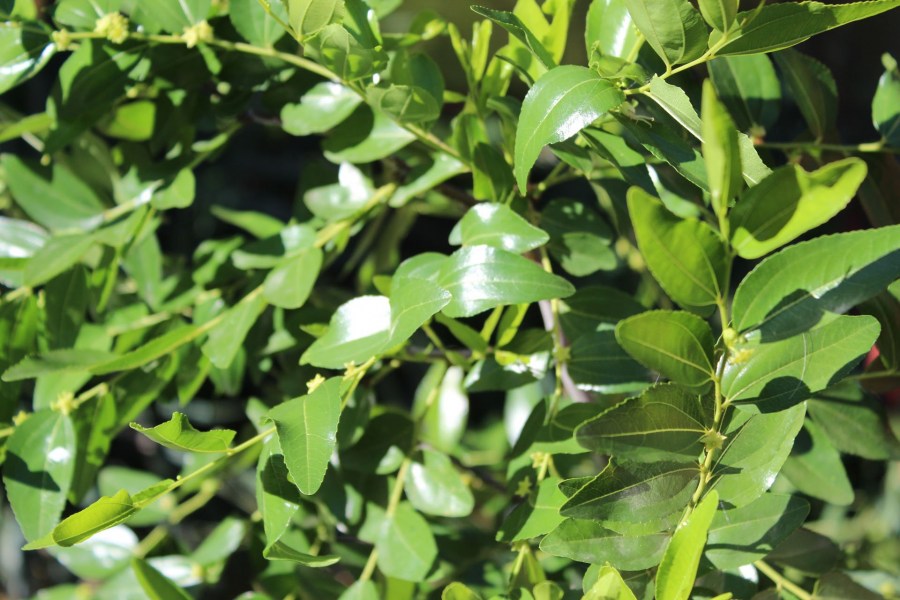






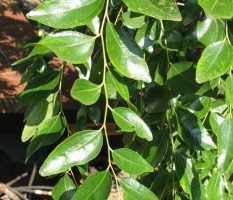



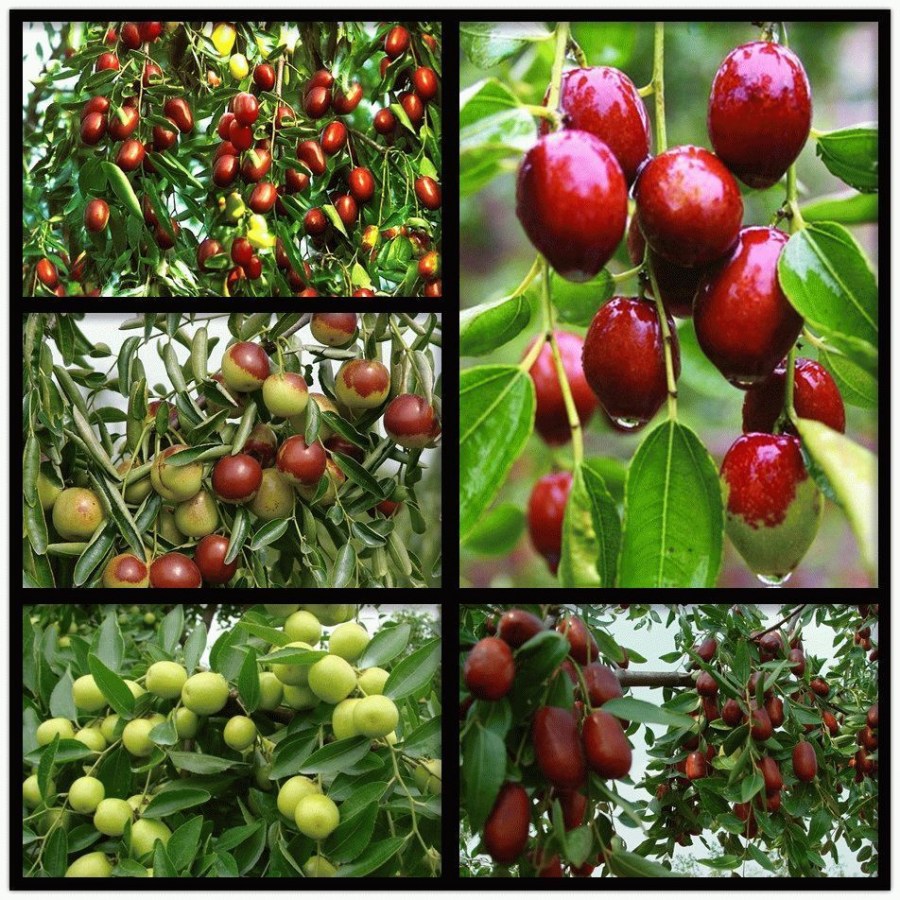
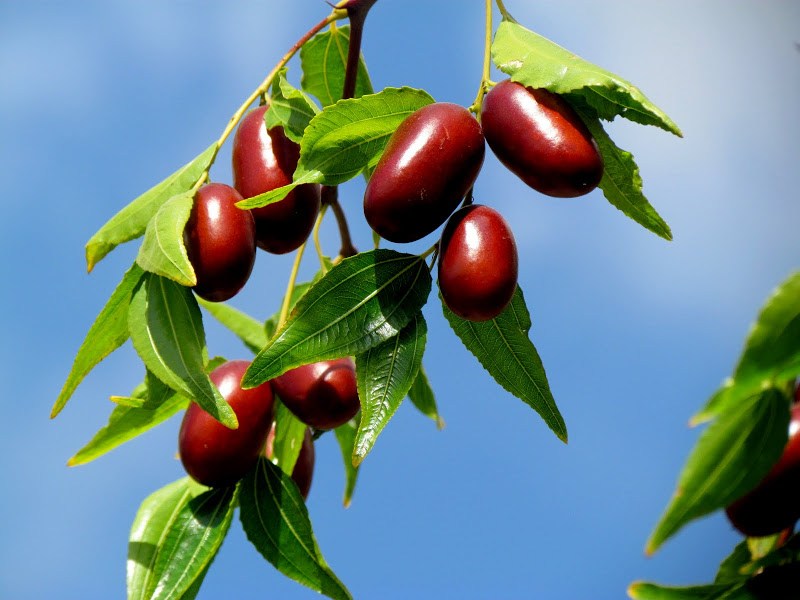

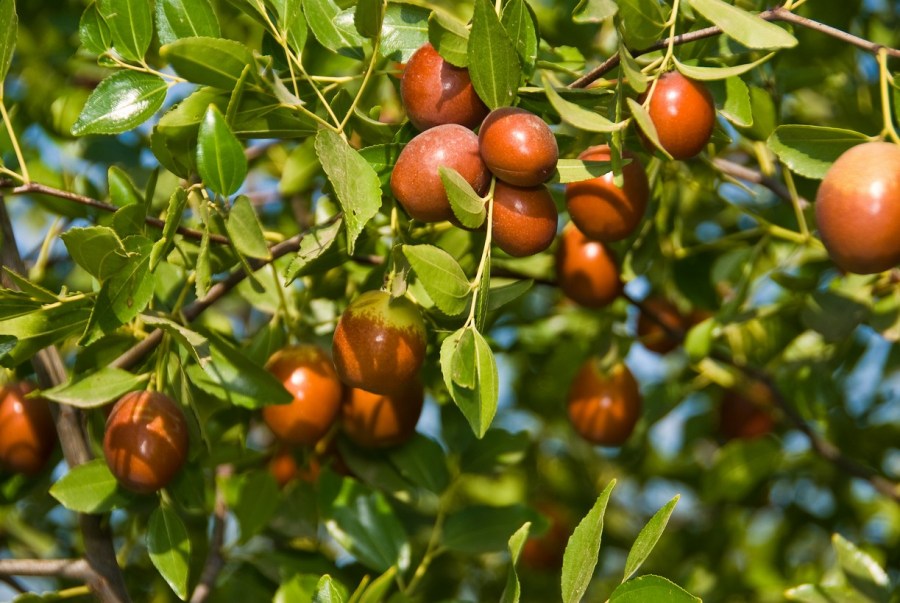



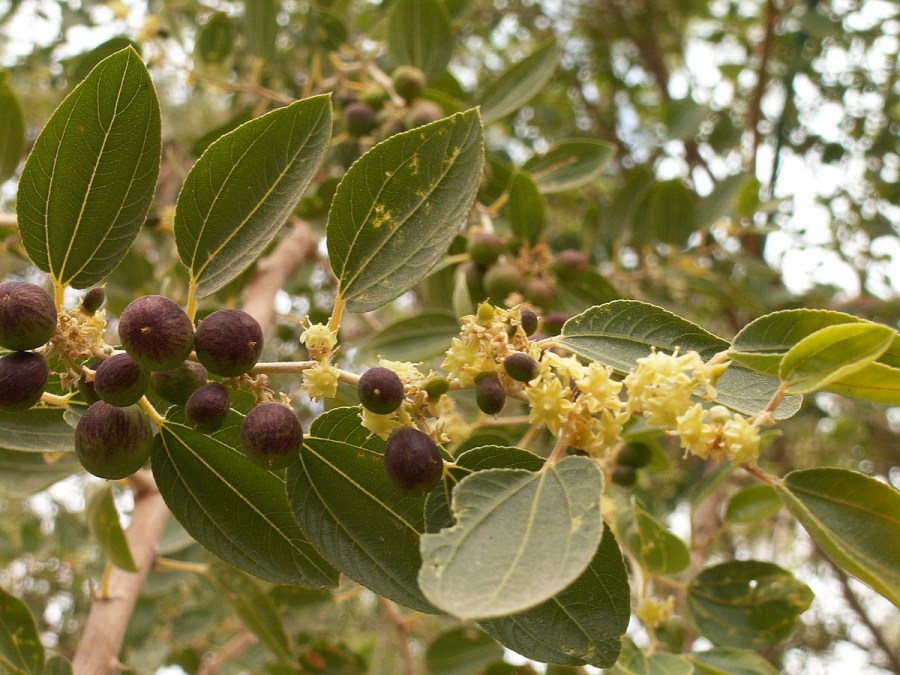

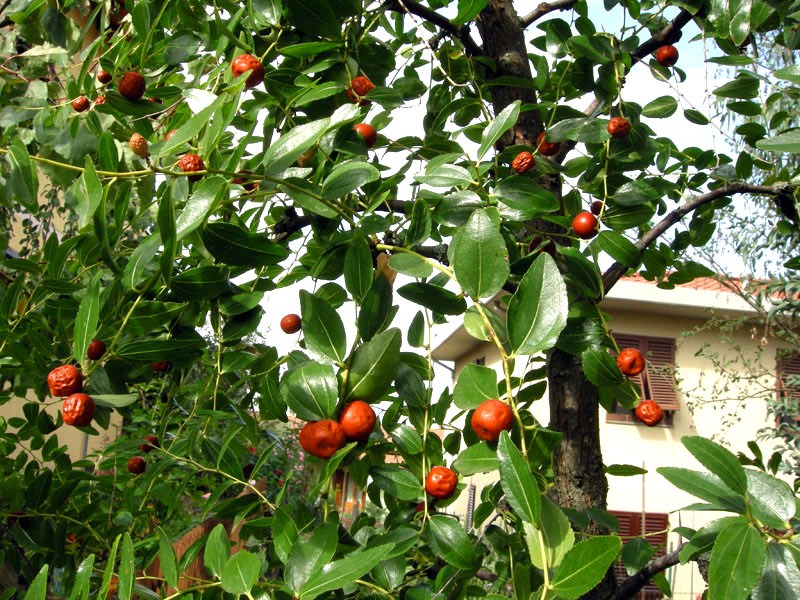

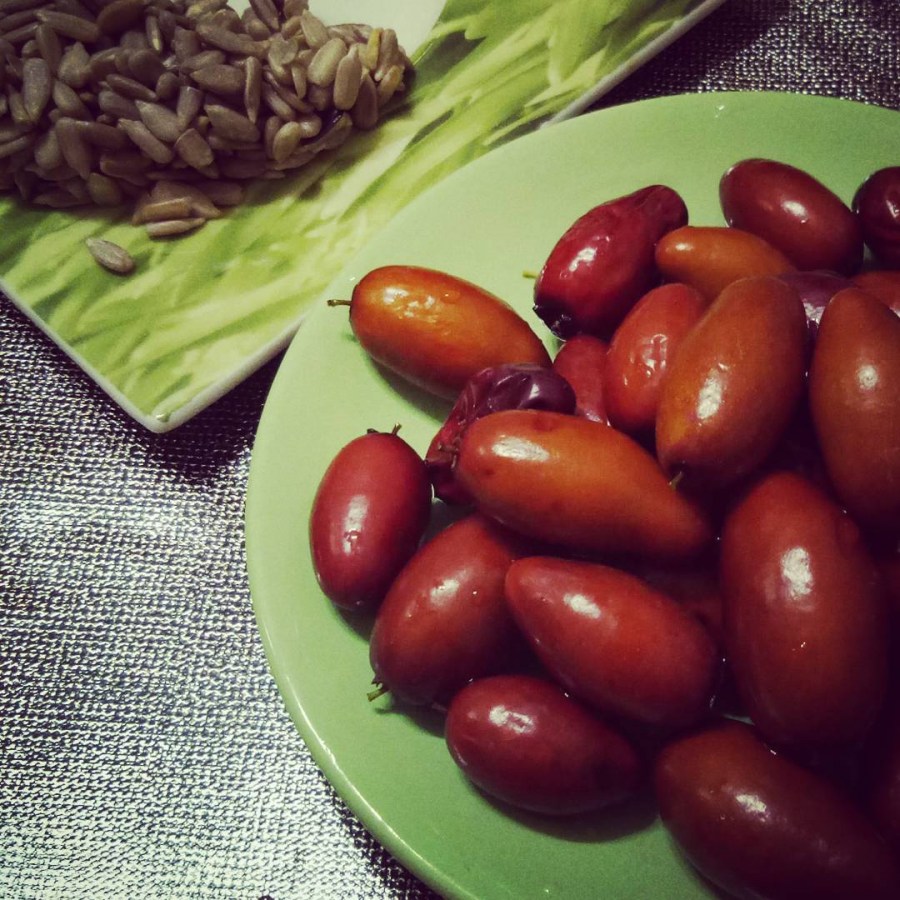
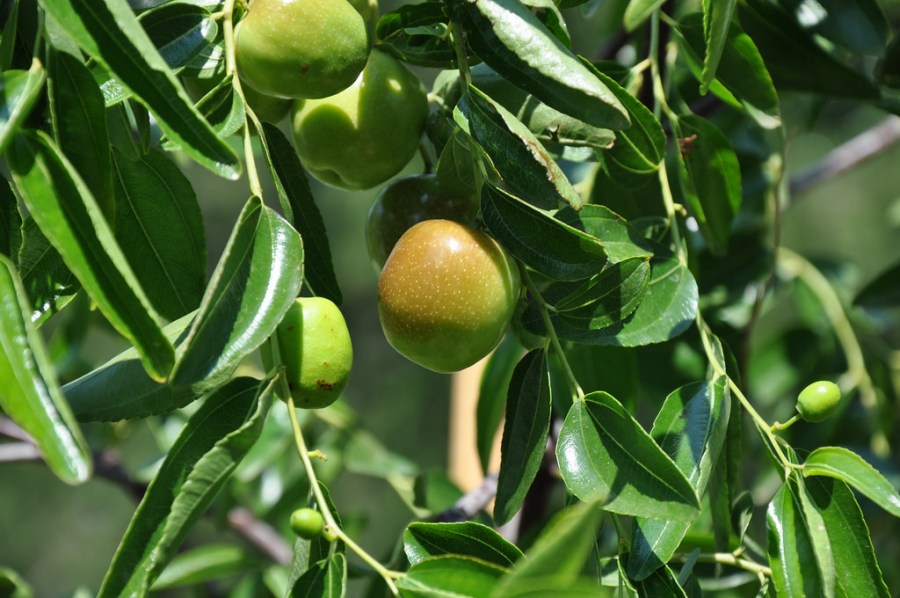
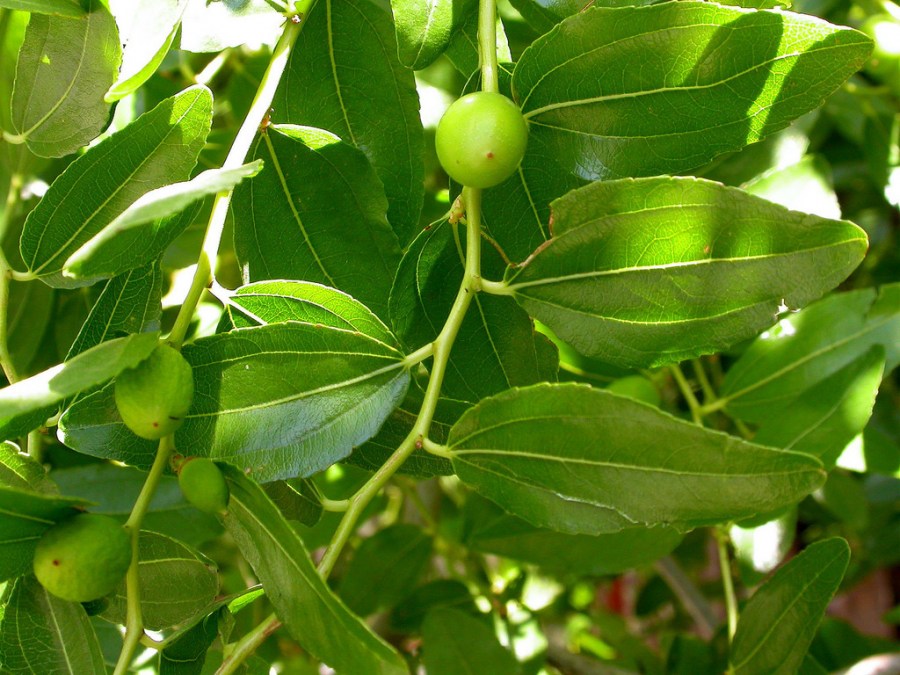

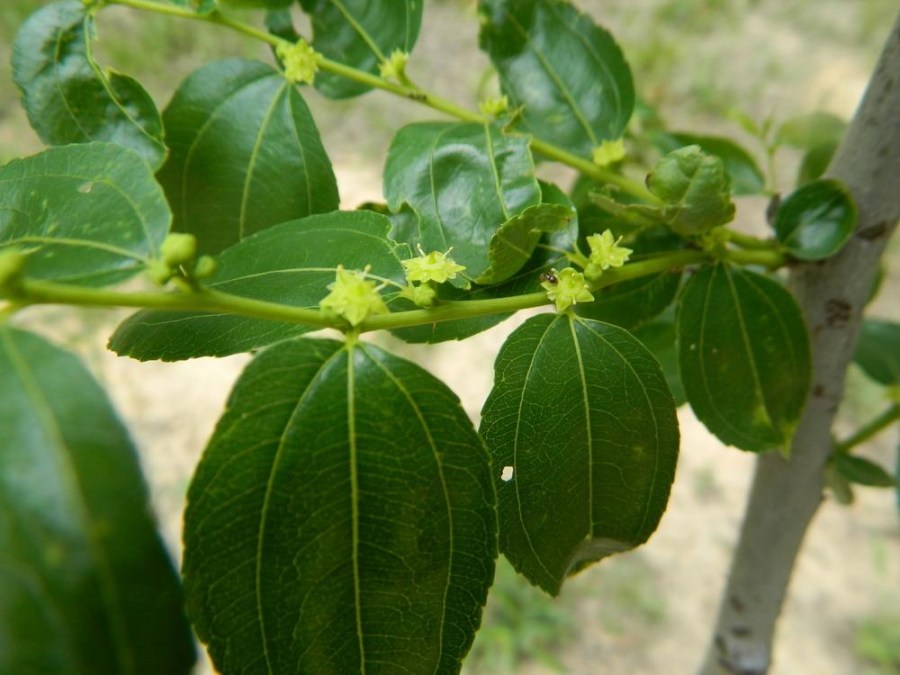
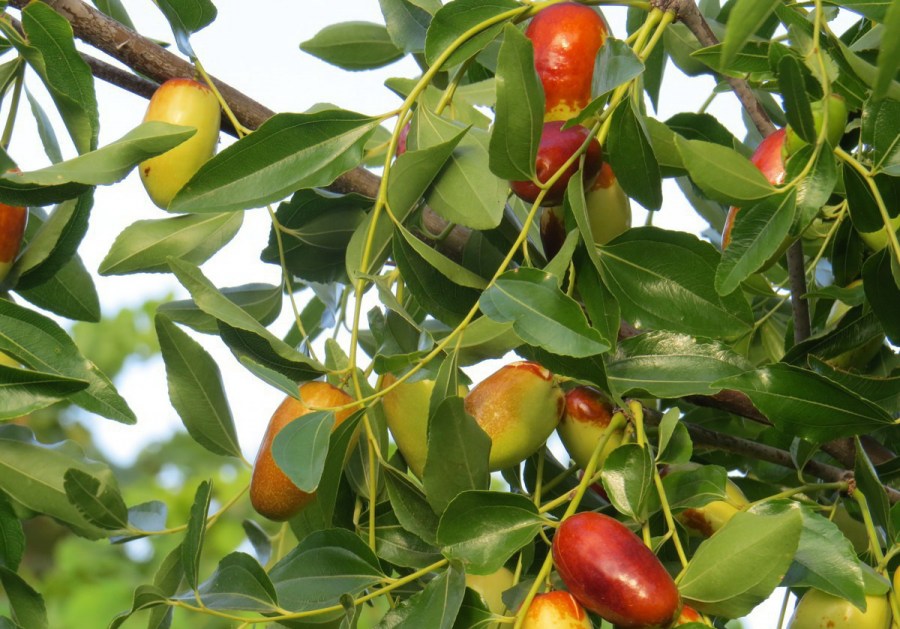
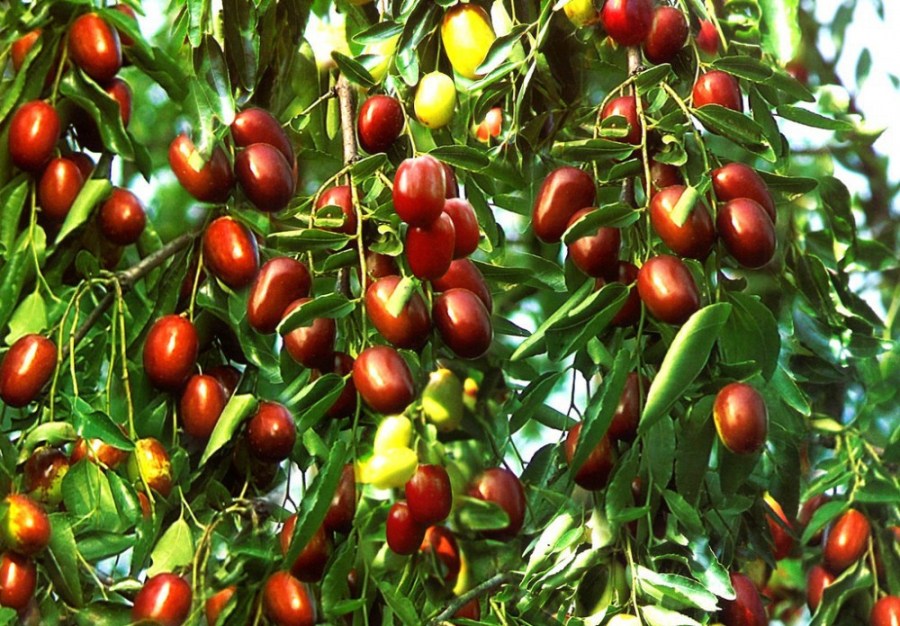









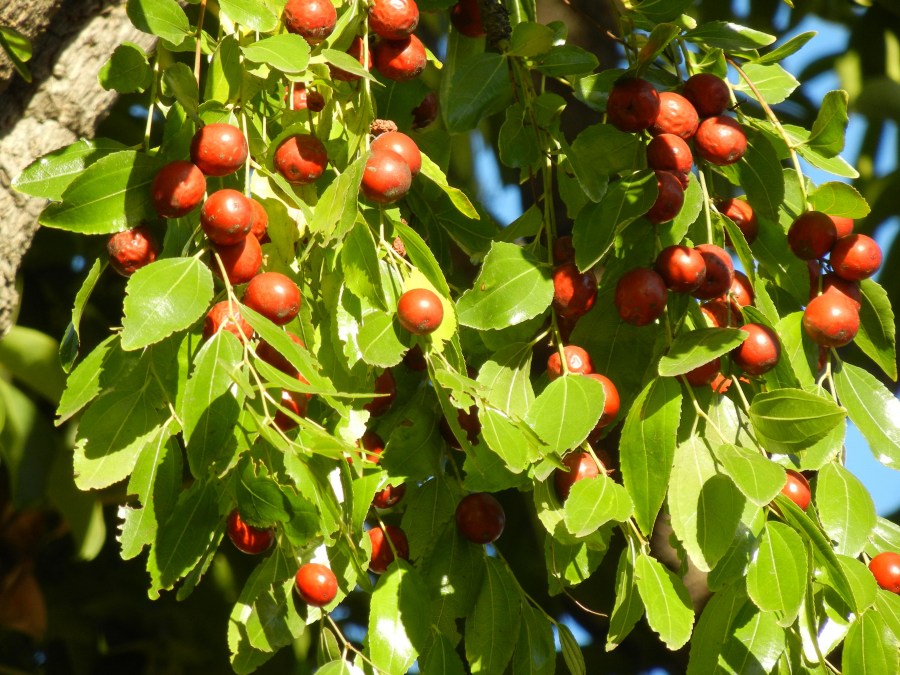
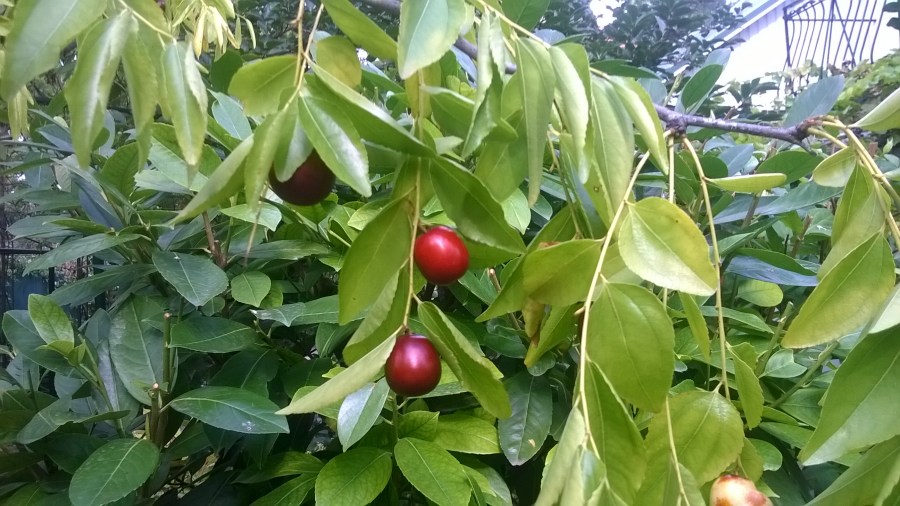
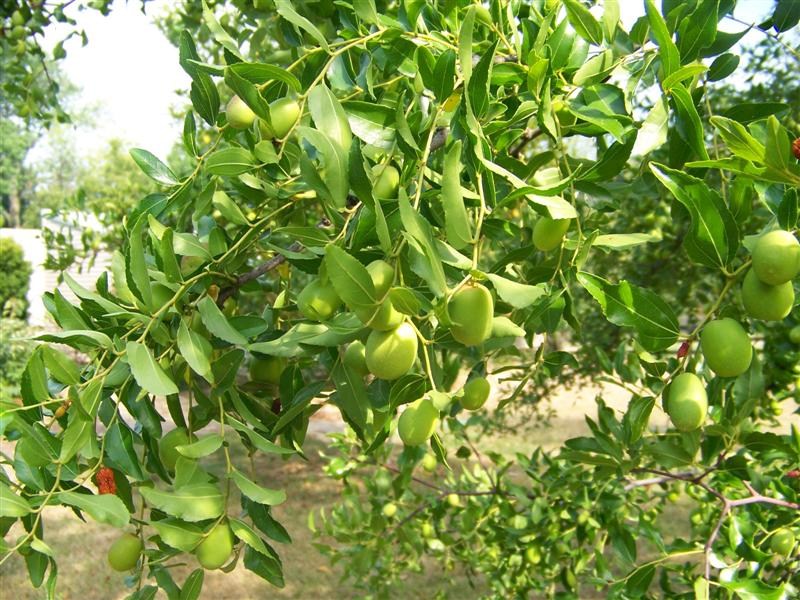

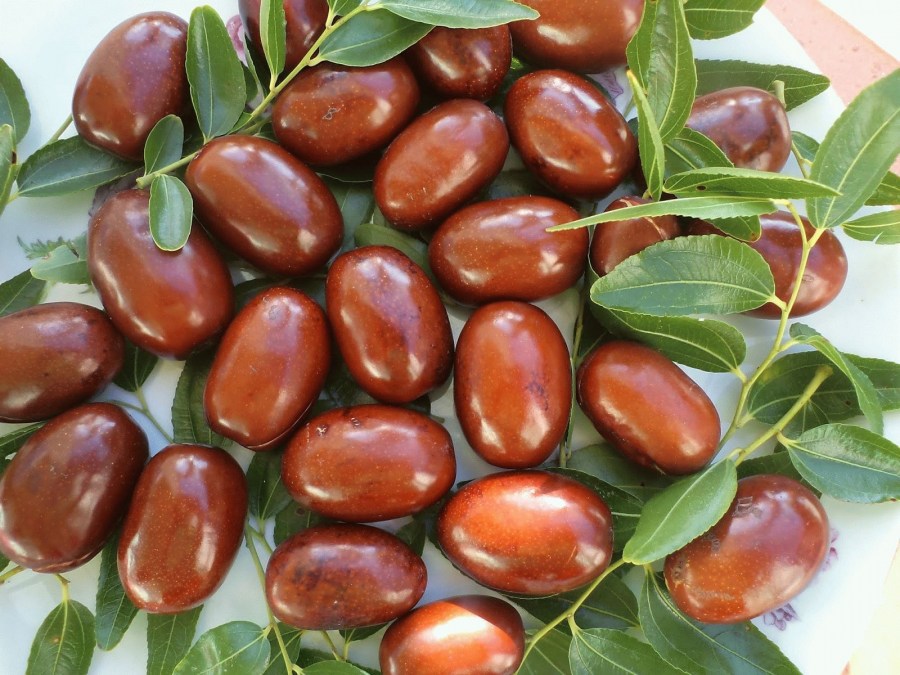
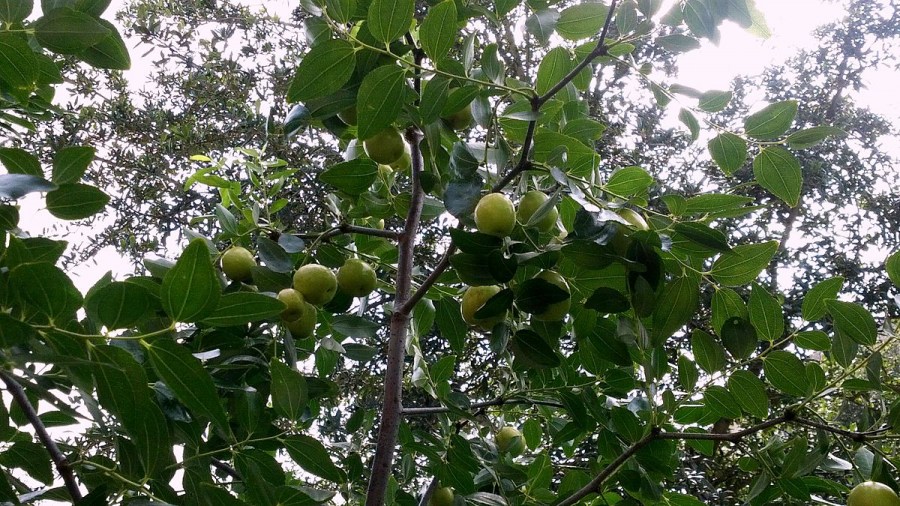

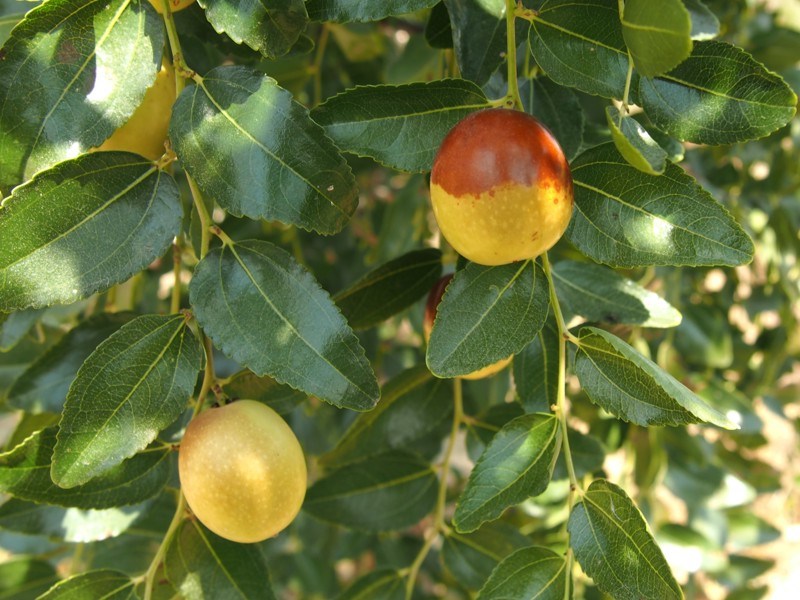

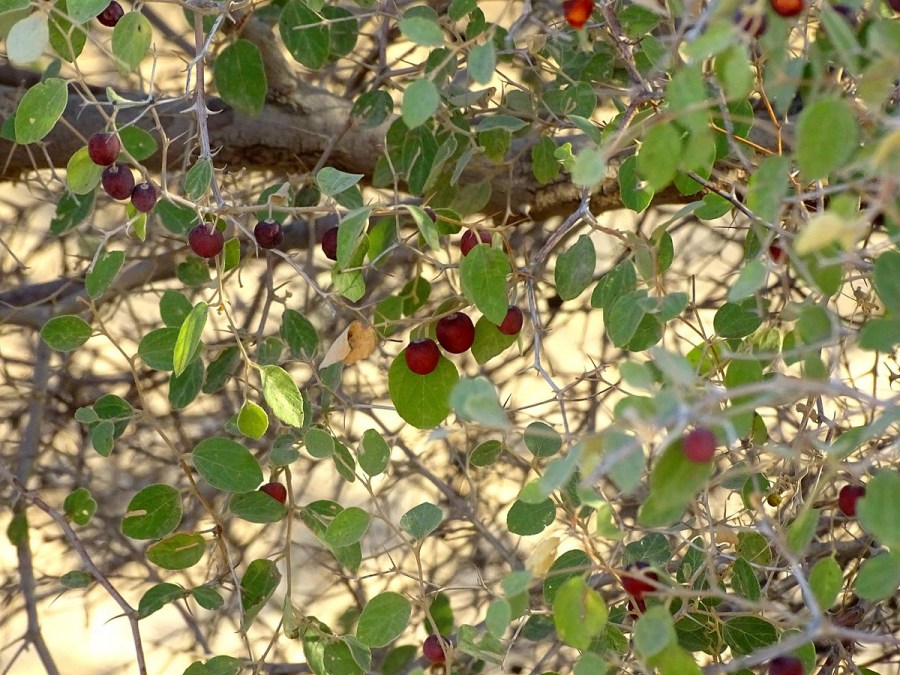
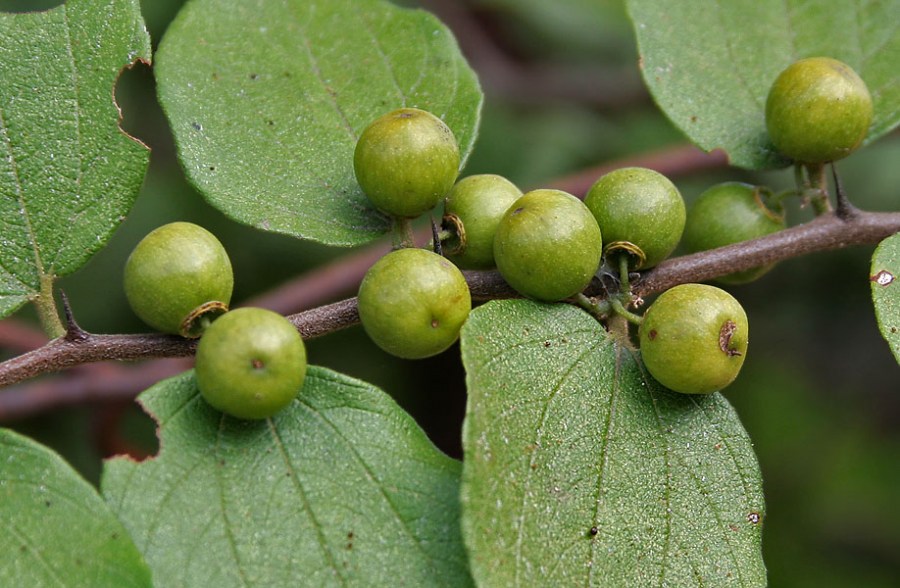


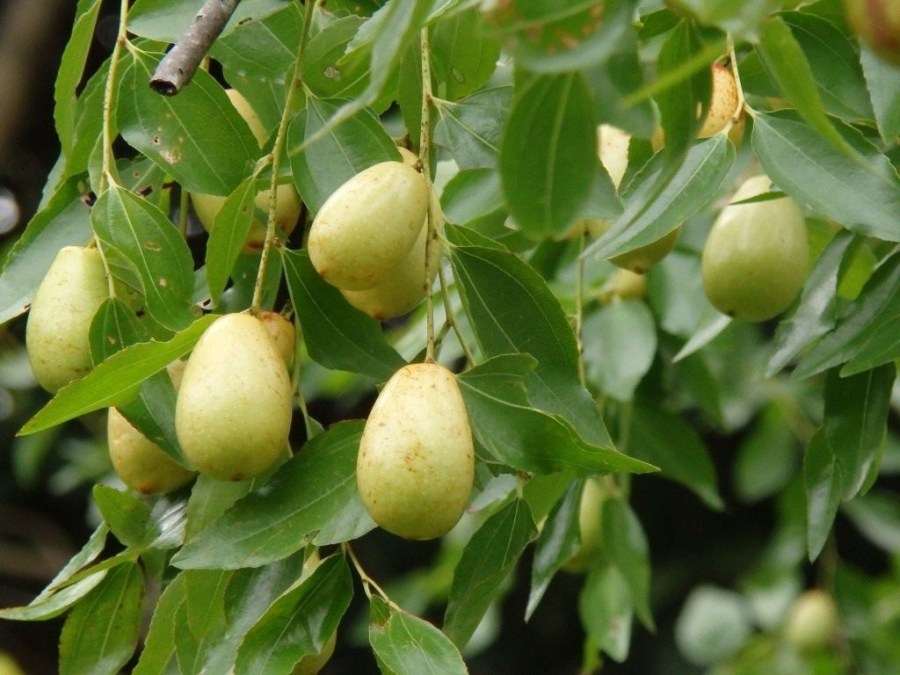





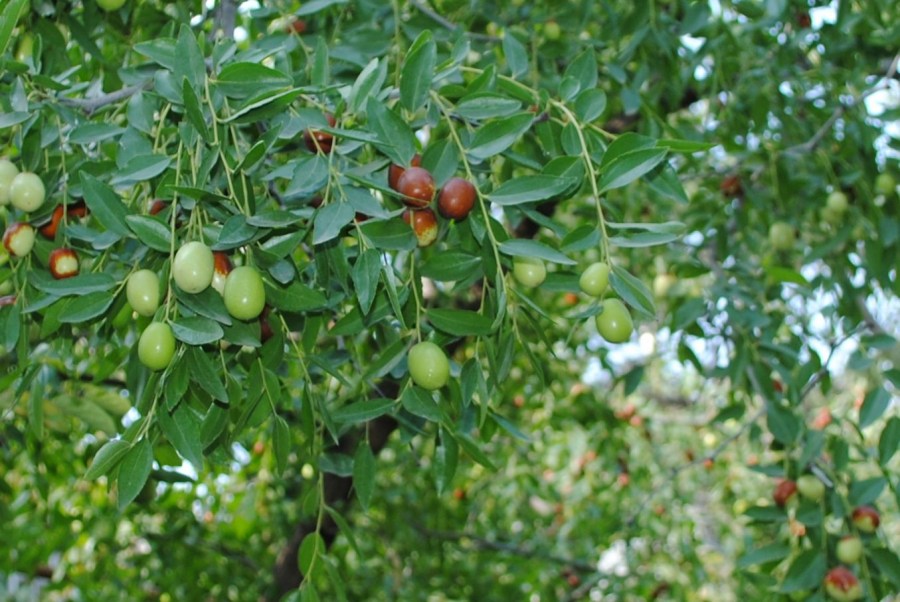

I have never heard of such a fruit shrub. What an unusual plant, and the fruits are used in different areas of life. I wonder what kind of taste he has and how in everyday life it can be applied, what can be made of it and how does it affect the body? We have amateur gardeners who already grow it? Share your experience. Or maybe someone who tried it on tourist trips.